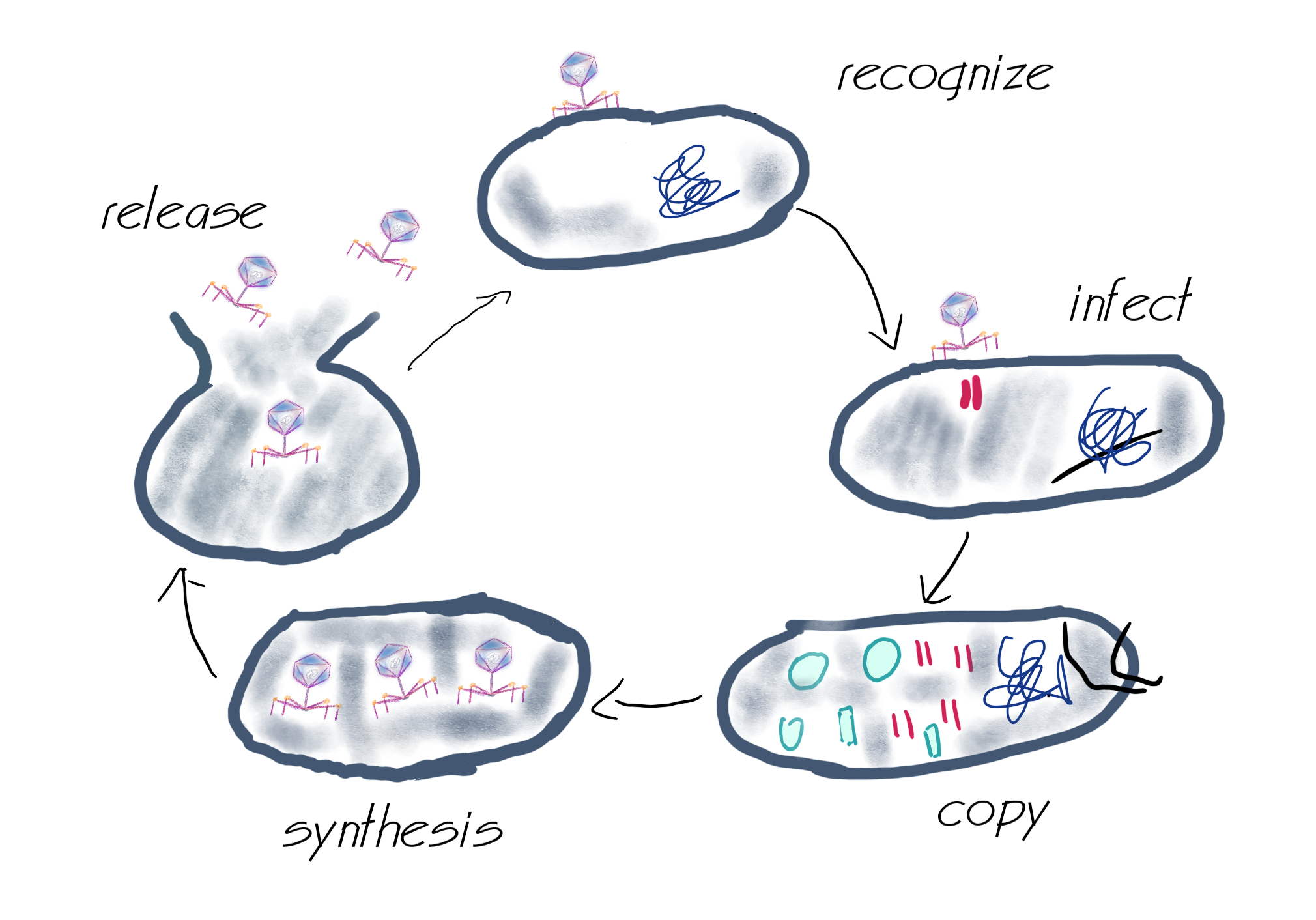<!DOCTYPE html>
Description
Project Background
It is well known that Mycobacterium tuberculosis is a widely distributed and harmful pathogenic pathogen worldwide. It is one of the ten causes that threatens human life, and the main cause of death of infectious diseases.
Nearly one hundred years, from the first antibiotic streptomycin to today we have found a variety of new anti-TB drugs, we have made great progress in the treatment of drugs. However it also appeared multidrug resistance problems.These TB patients’ resistance to streptomycin is also very high, almost complete resistance to rifampicin, isoniazid.Due to various factors such as unreasonable drug treatment strategies (such as single medication caused by insufficient drug concentration), drug-sensitive TB may switch to multidrug resistance (multidrug-resistant) or even widespread drug resistance (extensively drug-resistant).Compared with the 85% cure rate of drug-sensitive TB, multidrug-resistant M. TB is only around 50%.In addition, multidrug-resistant / extensive drug-resistant TB treatment can be up to 2 years, and long-term antimicrobial treatment has adverse effects on the human natural flora, so it will further cause other complications besides the common side effects of the drug itself.
And according to the latest 2020 Global TB Report released by WHO, it is estimated 10 million people were infected globally in 2019 and it caused nearly 1.4 million deaths.China is also one of the countries with a high incidence of tuberculosis. About 8.4% of the new global cases in 2019 came from China.So how to solve this public health problem has also become the focus of the governments and scientists all around the world.
COVID-19 is the inspiration of us
Tuberculosis has always been a great threat to human health.As of 2019, the prevalence of pulmonary tuberculosis is on a slowly rising trend globally.However, after the outbreak of the COVID-19, the attention of the whole society and medical industry began to suddenly decrease sharply. Due to the aggressive COVID-19, the whole industry and society tried their best to fight COVID-19, which led to the rebound of tuberculosis.According to the WHO report, through modeling analysis, the number of annual tuberculosis deaths may rise to 2015 or even 2012 levels during the COVID-19 outbreak, which is also related to the inability of some countries and regions to afford the medical resource burden due to the treatment of tuberculosis.It can be seen that in 2020, the global prevalence of tuberculosis has a futile trend of increase compared to before.
Moreover, COVID-19 has also had a big impact on our teamwork.With the rebound of the epidemic, in the early stage of the project, many team members could not get together to complete the team tasks together, and could only gather wisdom and discuss through online meetings.This has had an impact on the early promotion and completion efficiency of our project.
On the other hand, we focus about COVID-19 with the development of tuberculosis.This led us to wonder whether a vaccine that can treat tuberculosis and fight COVID-19 in the same time. From this reason, our project goals gradually take shape.
How we acheive our project?
In order to address the possible dual pressure on global health problems in Mycobacterium tuberculosis and novel coronavirus in the era of COVID-19, we have designed and implemented a brand new research project.We will use the mycobacterial bacteriophage to achieve our desired scientific goal of "one shot", namely by injecting a recombinant phage that can express the novel coronavirus-specific antigen protein on the phage protein capsid, while killing the human mycobacterial pathogen bacteria, stimulate the body's immune system to produce a high level of specific antibodies to the novel coronavirus antigen.Below, we will briefly describe the main process and related principles of our project.
Prior to the project implementation, We selected three novel coronavirus antigen protein genes with good immunogenicity, The spike proteins (Spike protein, The receptor-binding domain fraction of S protein) (Receptor binding domain, RBD), Enoped small membrane proteins (Envelope small membrane protein, E protein) as well as the nuclear capsid phosphoprotein (Nucleocapsid phosphoprotein, N protein), We then fused these three genes to the C end of the mycobacterial phage capsid protein gene, respectively, By homologous recombination engineering of mycobacteria, These fusion protein genes were reconstituted onto the primary phage genome, Then we realize the construction of recombinant phages containing antigen protein display function.According to our vision, these recombinant phages will be able to display on its head capsid novel coronavirus antigen protein, which can achieve in recombinant phage lysis of mycobacteria pathogenic bacteria, high titer phage particles released from the host bacteria can efficiently stimulate the body immune system, form specific immunity to novel coronavirus antigen protein.
Because phages are highly host-specific bacterial viruses, and some phages have been used as therapeutic agents in the clinical infection treatment of partially resistant bacteria, we believe that the application of recombinant phages guarantees human safety.




